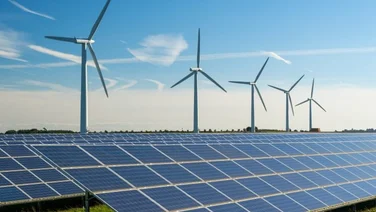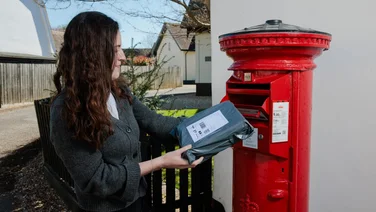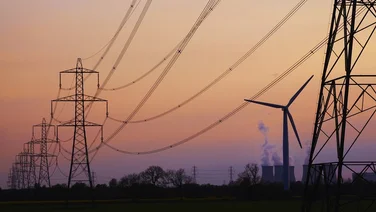The world’s second-largest blockchain is currently looking at a new way to approve transactions, which will reportedly use 99% less energy than the current method. This is expected to dramatically reduce the carbon footprint of NFTs (non-fungible tokens), which has been a major factor behind their terrible reputation.
Called “proof of stake”, the idea is that the most energy-consuming aspects of cryptocurrency mining will be removed.
Ethereum is a cryptocurrency, which is a form of digital currency that isn’t reliant on banks or the government. People use Ethereum to purchase NFTs.

Right now, Ethereum uses 113 terawatt-hours per year, which is the same amount of power consumed by the entirety of the Netherlands. It’s this incredible energy consumption that gives NFTs their hefty carbon footprint.
This is obviously bad for the environment, but it hasn’t stopped Ethereum users from buying them. In a nutshell, NFTs are digital works of art that when purchased are unique to the person that bought them.
Ether, right now, is the most commonly used cryptocurrency when it comes to purchasing NFTs.
There isn’t an exact date for when Ethereum will switch entirely to proof of stake, but is expected to begin sometime in the first half of 2022.
To be clear, this announcement has not come out of the blue – Ethereum has spoken of it for years, with the blockchain’s founder, Vitalik Buterin, saying “
[We thought]
it would take one year to
[implement]
POS (proof of stake) … but it actually
[has]
taken around six years.”
Ethereum previously relied on a consensus mechanism known as “proof of work”, which basically means so-called crypto miners use immense amounts of computing power to ‘win’ access to the next block on the chain.
When they win access, they can claim new cryptocurrencies, whether this be bitcoins, or in the case of Ethereum, ether (ETH).
The proof-of-work process requires users to solve a computational problem and the more powerful the computer, the more attempts at solving it can be made. With more power comes more energy consumption.
It’s become a sort of arms race, with people investing in ever-more powerful machines, resulting in more carbon emissions.
In an article published on The Eco Experts, it was found that the average NFT produces 92 times the amount of carbon emissions as a physical work of art.

How will proof of stake use less energy?
Proof of stake aims to remove crypto miners and replace them with crypto “validators”. Instead of using huge amounts of energy to mine cryptocurrency, validators will invest in existing Ether coins.
Once invested, they’ll enter a lottery. The more ether you invest in, the greater the chances are of winning this lottery. An algorithm determines which validator (or validators) win, and when they do they will receive ‘newly minted’ ether.
The major advantage of this process is that there is no need to use vast amounts of energy to solve the incredibly complex puzzles. It’s the removal of this part of the crypto process that is expected to dramatically reduce the energy usage involved.






